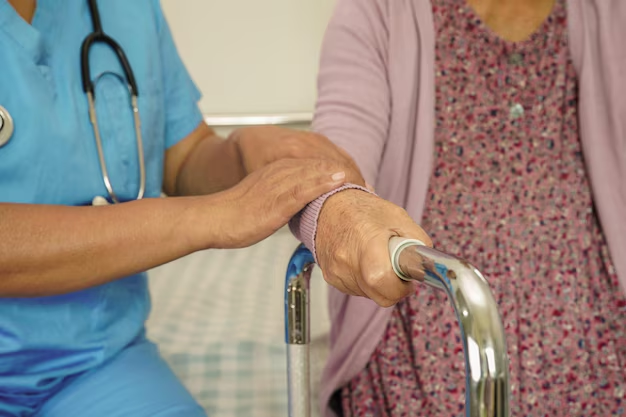Diagnosing Parkinson’s Disease: What You Need to Know
Imagine noticing a persistent tremor in your hand or gradual changes in your movement that make daily tasks increasingly challenging. These could be early signs of Parkinson's disease, a progressive disorder of the nervous system that affects movement. Understanding how Parkinson’s is diagnosed is crucial for you or a loved one potentially facing this journey.
How is Parkinson's Diagnosed?
Parkinson's disease diagnosis is primarily clinical, meaning it is based on medical history and a neurological examination rather than a definitive test. Key steps include:
Medical History & Symptoms: Doctors begin by asking detailed questions about your medical history and symptoms. The most common symptoms include tremors, muscle rigidity, slowness of movement (bradykinesia), and balance problems.
Neurological Examination: A neurologist will conduct a thorough examination focusing on coordination, reflexes, muscle strength, and mental abilities. Observations of tremor types, facial expression, gait, and speech are crucial during this evaluation.
Response to Medications: One hallmark of Parkinson's is responsiveness to medications like Levodopa. Improvement in symptoms after taking these medications can support a diagnosis.
MRI or CT Scan: While imaging tests don’t diagnose Parkinson’s directly, they help rule out other conditions with similar symptoms.
DaTscan: This special imaging technique tracks dopamine function in the brain and can aid in differentiating Parkinson's from other disorders, although its availability is limited in some areas.
When Should You See a Doctor?
If you or someone you know exhibits signs such as persistent tremors, difficulty with coordination, or noticeable slowness in movement, it's essential to consult a healthcare professional. Early diagnosis and intervention can significantly impact quality of life.
Support and Resources for Those Affected
The journey after a Parkinson’s diagnosis can be overwhelming, but there is a wealth of resources available to support patients and families. In addition to medical management, there are opportunities for financial assistance, educational programs, and other services that can ease the burden and improve living conditions.
Key Supportive Programs and Financial Resources:
Social Security Disability Benefits: For eligible individuals, this can provide monthly financial support to help cover living expenses.
Medicare and Medicaid: These programs offer medical coverage, including medications, therapies, and in some cases, nursing care, which can be invaluable in long-term management.
Parkinson’s Disease Foundation Grants: Grants and funds are often available for those seeking additional resources or participating in clinical trials.
State-specific Aid Programs: Many states offer unique aid programs, tailor-fitted to support healthcare needs, treatment costs, and additional services for Parkinson’s patients.
Nonprofit Organizations and Community Support Groups: Consider connecting with groups such as the Michael J. Fox Foundation or local Parkinson’s support chapters, which provide both community support and educational resources.
💡 Financial and Educational Support at a Glance:
- 💸 Social Security Disability Insurance (SSDI)
- 🏥 Medicare/Medicaid Coverage
- 🎓 Educational Grants for Caregivers and Patients
- 💊 State-specific Medical Assistance Programs
- 🌟 Nonprofit Organization Grants & Support
Understanding how to diagnose Parkinson’s disease and knowing what resources are available can make a significant difference in managing this condition. Early intervention not only aids in treatment but opens doors to vital supports and opportunities for those affected, ensuring they don’t face this path alone.

Related Topics
- Are There Environmental Causes Of Parkinsons
- Can Alcohol Cause Parkinson's
- Can Concussions Cause Parkinson's
- Can Concussions Cause Parkinson's Disease
- Can Dogs Get Parkinson's Disease
- Can Dogs Get Parkinsons
- Can Dogs Have Parkinson's
- Can Dogs Have Parkinson's Disease
- Can Females Get Parkinson Disease
- Can Head Trauma Cause Parkinson's